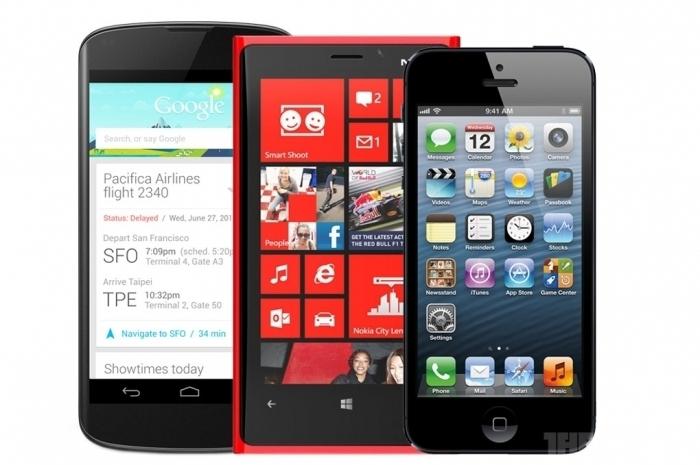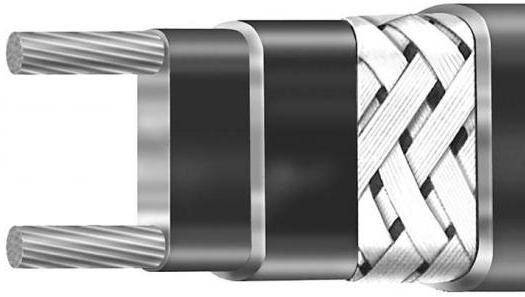Resistive screen - advantages and disadvantages
Over the past years, sensor technologyactively ousted the familiar to the user buttons. It seems that in this fight she is an obvious favorite. People quickly got used to the lack of buttons and to the fact that any action can be performed by an elementary touch.

Virtually everyone paid attention to the fact thatSome devices respond to touch, and some - only to press. The latter are equipped with a resistive touch screen, and among all the devices available today, the resistive sensor has the largest share.
What is the peculiarity of this technology? Resistive screen consists of two main parts: the upper hard layer and the lower soft one. The inner surfaces of each side are made of a resistive material capable of conducting an electric current. The edges of each layer are equipped with electrodes.
When you click on the screen, the top layer bends andinteracts with the bottom one. The microcontroller instantly determines the point of contact, then transfers the voltage to the electrodes of both plates. Thus, for a fraction of seconds, the controller is able to determine the given coordinates hundreds of times. The described operating principle underlies the operation of four-wire resistive sensors. There is also a five- and eight-wire resistive screen, which has the best accuracy of operation.

What does this technology give the user? Screen resistive instantly reacts to pressing any solid object. It can be a finger, a pencil, a key chain, etc. That is why devices equipped with a resistive screen are often equipped with a stylus. It provides high accuracy in controlling the screen - they can get to the right point, which is not always convenient to make a finger. However, the resistive screen is not very resistant to mechanical impact, so you should avoid using pointed objects.
Advantages and disadvantages
As for the advantages, it is, first of all,relatively low price. The technology described above is simple and has long been used in the production of smartphones, e-books, etc. In addition, the new devices are equipped with a quite strong screen, which is not afraid even of the breakthrough of the outer membrane.

Further on the shortcomings. Resistive screens are characterized by less bright and contrasting images (even the thinnest and transparent membrane will yield to the glass). Also, the resistive screen can not boast of the possibility of implementing multitouch technology.
The niche of the resistive sensor is quite clearoutlined, the devices of this class successfully solve the tasks assigned to them. Cheap in this case does not mean unqualified. Rather, it is an opportunity not to overpay for functions, the presence of which is not initially required by the buyer. The choice of a capacitive or resistive screen is a matter of consumer taste. Each technology has both advantages and disadvantages, but what exactly is needed from the device to the buyer, only he can know.
</ p>>




